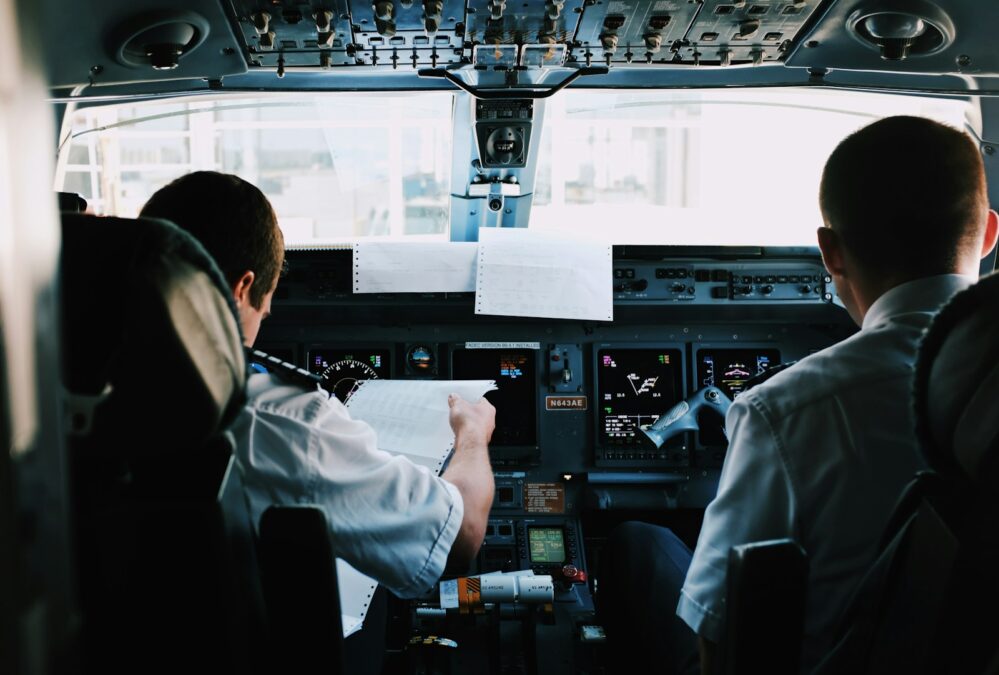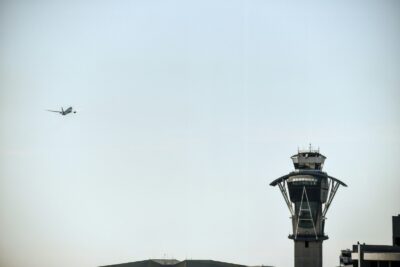Enhancing Situational Awareness in Aviation
The Evolution of Air Traffic Control
In the realm of aviation technology, NextGen air traffic control systems stand out as a transformative innovation, integrating data from multiple sources to enhance situational awareness and streamline air traffic management. By leveraging advanced radar, satellite, and ground-based sensor technologies, these systems represent a significant leap forward in the efficiency and safety of air travel. In Saudi Arabia and the UAE, where aviation infrastructure is critical for economic growth, the adoption of NextGen systems is driving progress and shaping the future of air traffic control.
Traditional air traffic control relies on radar technology to track aircraft and manage airspace, but it has limitations in terms of coverage and accuracy. NextGen systems address these challenges by incorporating data from satellites and ground-based sensors, providing a more comprehensive and real-time view of air traffic. This enhanced situational awareness enables controllers to make better-informed decisions, minimize delays, and optimize airspace utilization, ultimately enhancing the efficiency of the entire aviation ecosystem.
Integrating Multiple Data Sources
One of the key features of NextGen air traffic control systems is their ability to integrate data from diverse sources, including radar, satellites, and ground-based sensors. Radar provides primary surveillance of aircraft within range of ground stations, while satellites offer global coverage and enhanced accuracy, especially in remote or oceanic airspace. Ground-based sensors, such as ADS-B (Automatic Dependent Surveillance-Broadcast), complement radar and satellite data, providing additional surveillance and redundancy.
By combining information from these various sources, NextGen systems create a comprehensive and dynamic picture of air traffic, enabling controllers to monitor aircraft more effectively and respond to changing conditions in real time. This integrated approach enhances safety, reduces the risk of airspace conflicts, and improves the overall efficiency of air traffic management. In Riyadh and Dubai, where air traffic volumes are increasing rapidly, NextGen systems play a crucial role in ensuring safe and efficient operations.
Driving Innovation and Efficiency
Beyond enhancing situational awareness, NextGen air traffic control systems are driving innovation and efficiency in the aviation industry. By leveraging cutting-edge technologies and data-driven solutions, these systems enable airspace users to optimize flight paths, reduce fuel consumption, and minimize environmental impact. In addition, NextGen systems support collaborative decision-making among stakeholders, fostering greater coordination and cooperation across the aviation ecosystem.
Moreover, the adoption of NextGen systems paves the way for future advancements in air traffic management, such as autonomous aircraft and urban air mobility. By laying the foundation for a more interconnected and intelligent aviation infrastructure, these systems empower aviation stakeholders to embrace new opportunities and overcome emerging challenges. In Saudi Arabia and the UAE, where technological innovation is a top priority, NextGen air traffic control systems are driving progress and shaping the future of aviation.
Conclusion: Navigating the Skies of Tomorrow
In conclusion, NextGen air traffic control systems represent a pivotal advancement in aviation technology, offering enhanced situational awareness and efficiency in air traffic management. By integrating data from multiple sources, including radar, satellites, and ground-based sensors, these systems enable controllers to monitor and manage airspace more effectively. In Saudi Arabia and the UAE, where air transportation plays a crucial role in economic development, the adoption of NextGen systems is essential for ensuring safe, efficient, and sustainable aviation operations.
As the aviation industry continues to evolve, NextGen systems will remain at the forefront of innovation, driving progress and shaping the future of air traffic management. By embracing these advanced technologies and fostering collaboration among stakeholders, Saudi Arabia and the UAE can position themselves as leaders in the global aviation community. The skies of tomorrow are waiting to be navigated, and NextGen systems are leading the way towards a safer, more efficient, and more interconnected aviation ecosystem.
Fostering Innovation: Shaping the Future of Aviation
Looking ahead, the future of air traffic management is filled with promise and potential. NextGen systems represent not only a technological advancement but also a catalyst for innovation and progress. In Riyadh and Dubai, where ambition knows no bounds, the journey towards a more efficient and sustainable aviation industry is well underway.
By embracing NextGen air traffic control systems and the opportunities they present, we can navigate the skies of tomorrow with confidence and clarity. From enhancing safety to optimizing efficiency, the benefits of NextGen systems are clear and compelling. As we continue to push the boundaries of what is possible, the future of aviation is bright with possibilities, and NextGen systems are leading the way towards a new era of air traffic management.
#NextGenAirTrafficControl #AirTrafficManagement #SituationalAwareness #RadarTechnology #SatelliteIntegration #GroundBasedSensors #AviationTechnology #SaudiArabiaAviation #UAEAviation #RiyadhInnovation #DubaiInnovation























